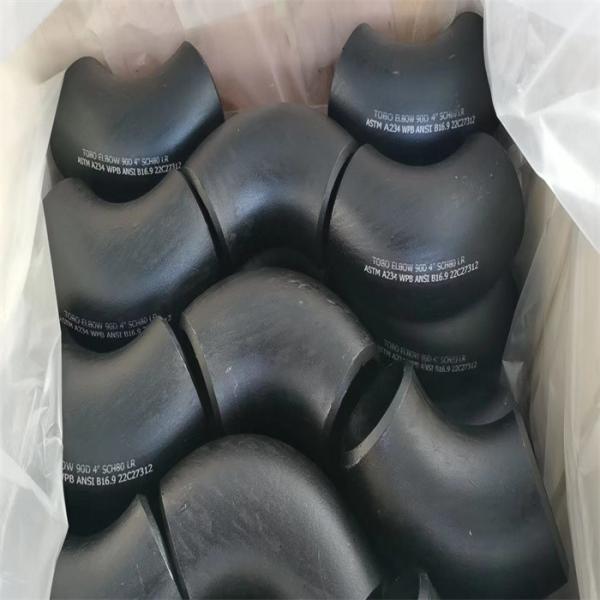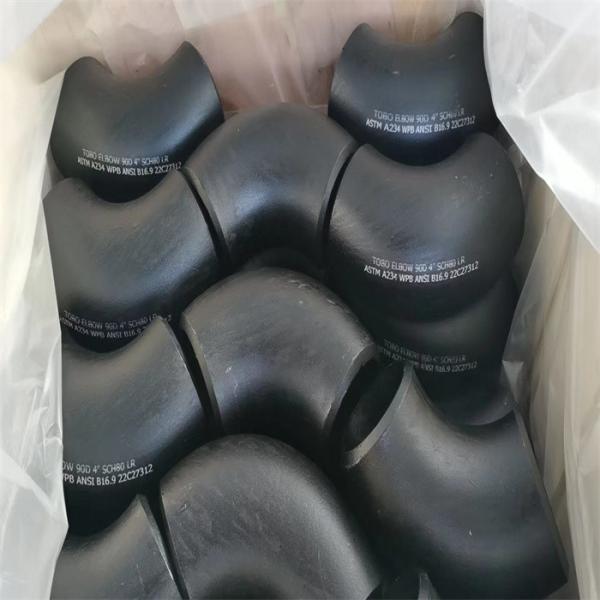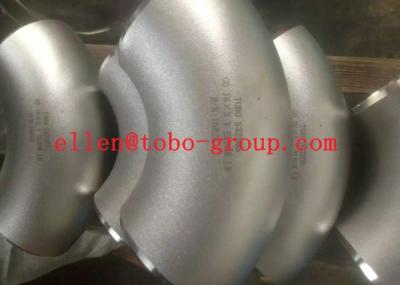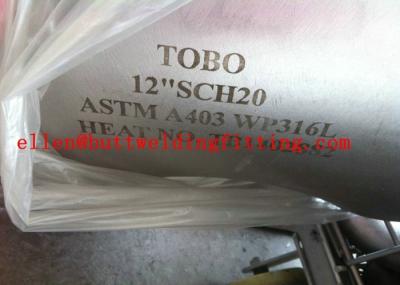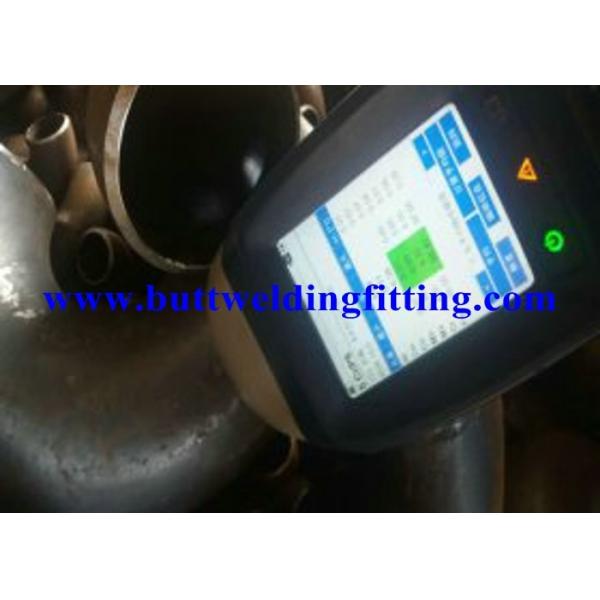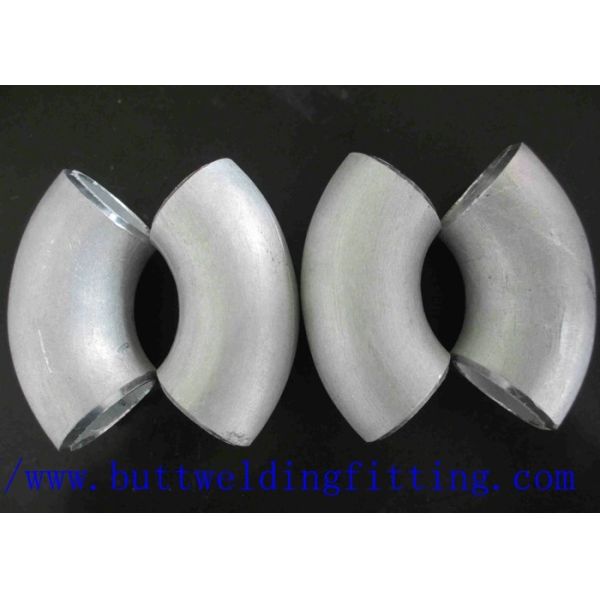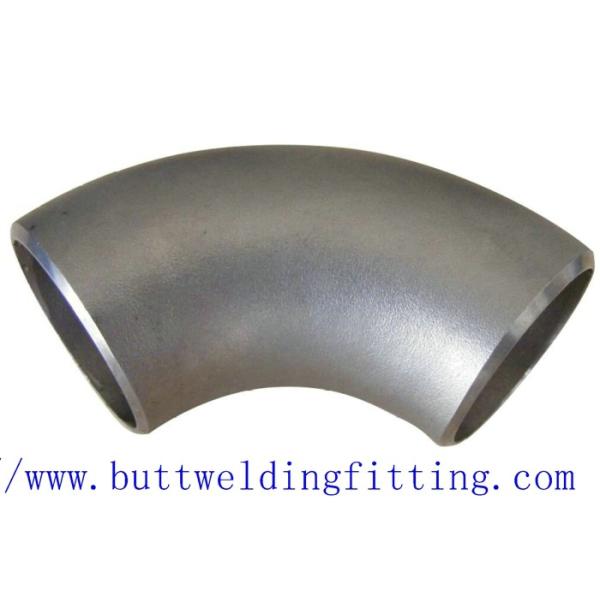ASTM A403 Stainless Steel Pipe Fittings refers to the material of forged and rolled austenitic stainless fittings for pressure pipes. Common grades are WP304/L, WP316/L. They can be used into many fields as engineering industry, energy conversion plants etc.
ASTM A403 Standard Scope
The standard includes several grades of austenitic stainless steel alloys, and uses the WP or CR prefix to mark the grade of steel, depending on the applicable ASTM or MSS size and rated pressure standards.
ASTM A403 is designed for forged steel pipe fittings, Cast pipe fittings are not suitable. (Austenitic stainless steel castings are included in these standard, A351/A351M, A743/A743M and A744/A744M.)
WP Grade Stainless Steel Pipe Fittings
Material under this standard named as WP Grade, and for each WP grade stainless steel, several categories of pipe fittings are included, to indicate that a seamless or welded structure is used. Class designations are also used to indicate non-destructive testing methods and the extent of non-destructive testing (NDE).
Heat treatment
For H grade steel, separate solution heat treatment are required for solution annealing. All pipe fittings should be supplied in heat treated condition. All welding work should be done before heat treatment. Fitting that have been machined directly from solution annealed forgings and bar stocks do not need to be annealed again.
Chemical Composition
The chemical composition of each cast or furnace steel shall be determined and shall comply with the chemical composition requirements for each grade of material listed in the chemical composition table.
Tensile Properties
The tensile properties of the pipe fitting materials shall comply with the tensile properties requirements. Tests and reports shall be conducted in accordance with A370 methods and definitions.
For tensile testing, longitudinal or transverse cut specimens should be acceptable. Although tensile properties Table specifies the elongation requirements for the longitudinal and transverse specimens, it is not intended to be applicable at the same time. Instead, This intent that only the corresponding elongation requirements for specimens that are applicable in the direction are appropriate.



